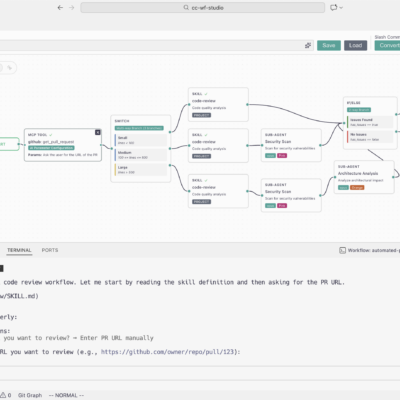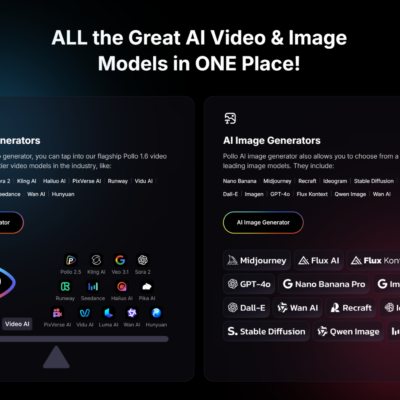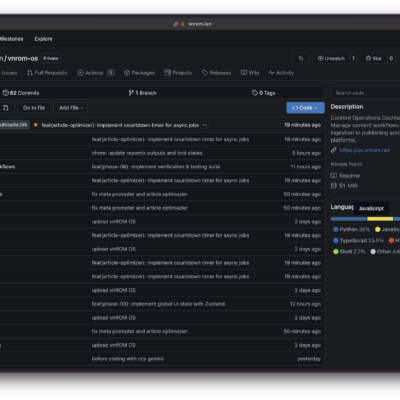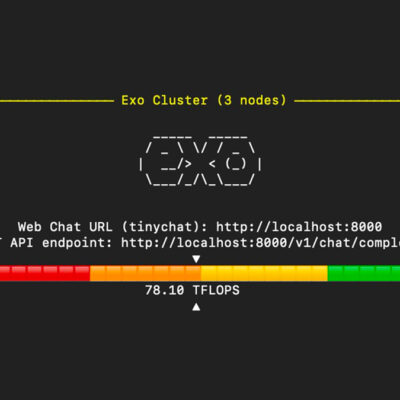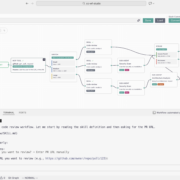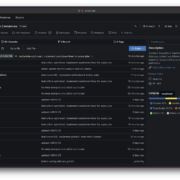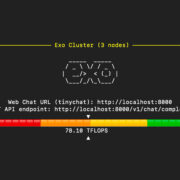In the rapidly evolving landscape of artificial intelligence, the emergence of powerful open-source models is consistently reshaping how we approach complex tasks, especially in software development. Among these breakthroughs, the Kimi K2 AI Coder stands out as a truly remarkable innovation. Developed by Moonshot AI, a new Chinese startup, Kimi K2 isn’t just another language model; it’s a state-of-the-art mixture-of-experts (MoE) model trained on over a trillion tokens, specifically optimized for agentic reasoning and execution.
What truly sets Kimi K2 apart is its unique ability to handle multi-step tasks, sophisticated tool use, and complex reasoning workflows with unparalleled efficiency. Unlike models that merely answer queries, Kimi K2 is built to act, making it an exceptional partner for developers and researchers alike. In my own experience, its performance rivals, and in some cases even surpasses, that of formidable closed-source giants like Claude 4 Sonnet, Opus 4, Deepseek, and Gemini 2.5, which is an astonishing feat for an open-source offering.
Understanding Kimi K2: An Open-Source Powerhouse
Kimi K2 comes in two distinct versions, each tailored for different user needs, yet both embodying the model’s core power:
Kimi K2 Base vs. Kimi K2 Instruct
- Kimi K2 Base: This is the foundational model, robust and versatile, designed for researchers and builders. It provides a solid bedrock for those looking to fine-tune or customize their own specialized versions of the model, allowing for deep customization and experimental work.
- Kimi K2 Instruct: This version is a chat-ready, post-trained model. It’s engineered for general-purpose use cases and, crucially, for agentic applications. I’ve found it delivers incredibly fast, “reflex-grade” responses, making it perfect for tool integration, automation, and building intelligent agents that can take initiative.
Unmatched Performance and Cost-Effectiveness
The appeal of Kimi K2 extends beyond its cutting-edge capabilities to its remarkable pricing structure. With input tokens listed at just 15 cents per million (with cache hit) and 60 cents per million (with cache miss), and output tokens at $2.50 per million, it presents a compellingly affordable alternative, especially when compared to more expensive options like Opus. Its ability to outperform models like Sonnet in many categories, coupled with its open-source nature allowing for local hosting (if you have the computational resources), makes it an incredibly attractive proposition for budget-conscious developers and large-scale projects alike.
Unleashing Agentic Coding with Kimi K2
The true brilliance of the Kimi K2 AI Coder lies in its profound optimization for agentic reasoning. This isn’t just about generating code snippets; it’s about autonomous problem-solving and execution.
The Power of Agentic Reasoning
Agentic reasoning means the model can:
- Handle Multi-Step Tasks: It can break down complex problems into smaller, manageable steps and execute them sequentially.
- Utilize Tools: Kimi K2 can integrate and use external tools, APIs, and libraries to accomplish tasks that go beyond its core capabilities.
- Perform Function Calling: It can call specific functions and interpret their outputs to further its problem-solving process.
- Manage Complex Reasoning Workflows: This enables it to navigate intricate logical paths, making decisions and adapting its approach based on ongoing results.
I’ve witnessed Kimi K2’s agentic coding prowess in action, and it’s truly transformative. For instance, I saw it create a complete gravitational wave visualizer from a single, simple prompt—no previous files, no guidance, just pure agentic coding from scratch. This is a task that would typically require multiple iterative prompts with models like GPT-4 or even DeepSeek. Its capacity for both front-end and back-end generation, combined with its agentic tool use, allows it to produce visually appealing UIs with fully functional backends.
One of the most impressive demonstrations I’ve seen was Kimi K2 autonomously generating a 3D Minecraft world, complete with functional commands and various block types. For an open-source model to achieve such results, outperforming even DeepSeek in this domain, is simply astounding. This level of agentic coding, competitive coding, and tool-use ability places it firmly against leading proprietary models across various benchmarks, including SwayBench, math, and STEM challenges.
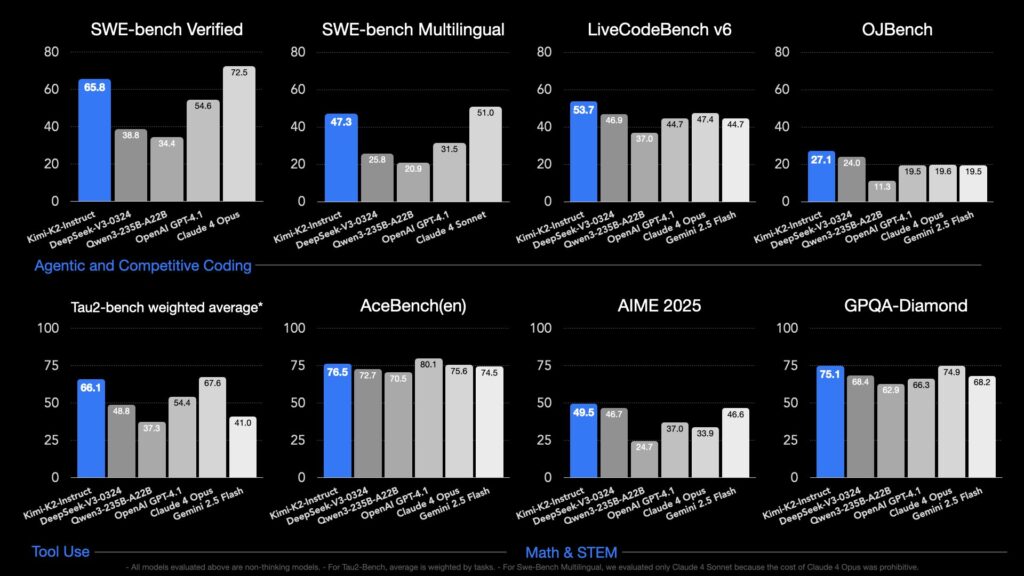
Supercharging Your Workflow: Kimi K2 and Cline
While Kimi K2 is powerful on its own, combining it with another open-source AI coder like Cline can elevate your developer workflow to an entirely new level. Cline is an autonomous AI coder capable of editing files, running commands, and much more, acting as an extension of your IDE. Powering Cline with Kimi K2 results in some of the best code generations I’ve ever encountered.
Setting Up Your Autonomous Coding Environment
To get started with this powerful combination, here’s a simple setup guide:
- Install an IDE: Begin by installing your preferred Integrated Development Environment (IDE). Popular choices include VS Code, Windsurf, or Cursor. Ensure it’s ready for use.
- Install the Cline Extension: Navigate to the Cline website and install the Cline extension for your chosen IDE. This integrates Cline directly into your development environment, making it easily accessible.
Accessing Kimi K2 Through API Providers
Once Cline is installed and your IDE is set up, you’ll need to configure Kimi K2 as your API provider. I’ve found two primary ways to do this:
- OpenRouter: This platform conveniently lists the Kimi K2 model and allows you to generate an API key. The pricing here is very competitive, often significantly cheaper than the API costs for models like Sonnet or GPT, making it a cost-effective choice for daily use.
- Kilo Code: For those who prefer to experiment without immediate financial commitment, Kilo Code offers an excellent option. They provide a generous $20 worth of free credits and even have their own extension, eliminating the need for separate API keys. This is a fantastic way to start using Kimi K2 and experience its capabilities completely for free.
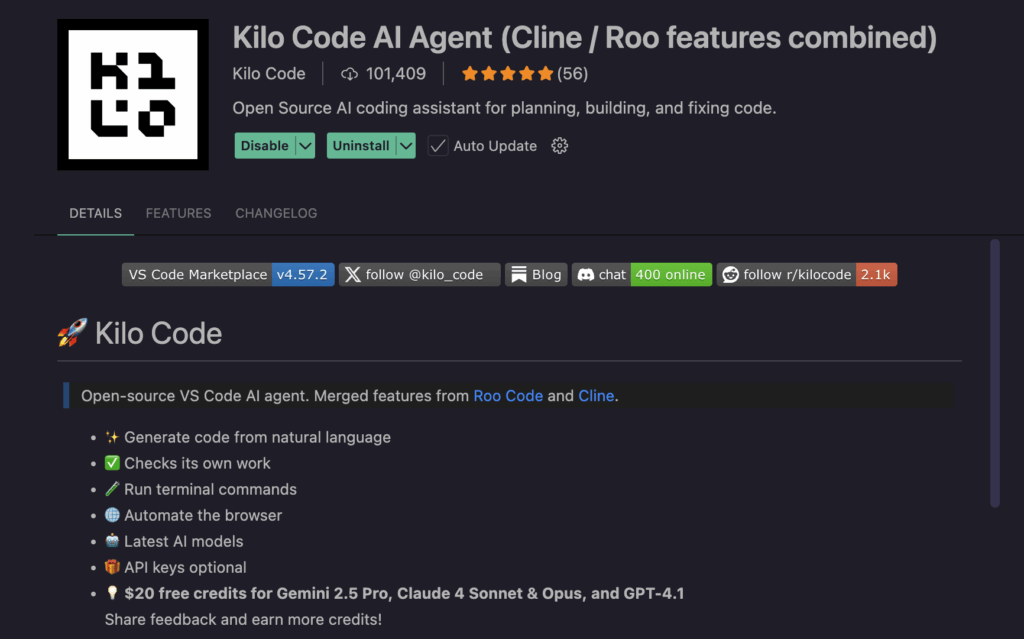
As someone deeply involved in development, I’ve found that having the right design tools is just as crucial as having robust coding solutions. For creators and developers looking to craft stunning print-ready designs quickly, whether for apparel, digital products, or marketing materials, I highly recommend KD. It’s a powerful browser-based design platform packed with over 200 fonts, photo mockups, and textures, all under one subscription. Recently, KD received a significant upgrade with an all-new vector editing suite, bringing professional-level design tools into an intuitive interface. You can now edit curves, paths, and layers like a pro, without the complexities often associated with tools like Adobe. Plus, with KD Teams, real-time collaboration with your team or clients is seamless. It’s an invaluable resource for maintaining creative control and efficiency in your projects. If you’re looking to enhance your design workflow, exploring KD’s new features could be a game-changer.
Practical Applications and Real-World Results
The true test of any AI coder is its practical application and the quality of its output. Kimi K2 consistently delivers impressive results, especially when integrated with Cline.
Demonstrating Kimi K2’s Coding Prowess
In my own tests, Kimi K2 has showcased its ability to tackle notoriously difficult prompts. For example, it successfully generated a functional SVG representation of a butterfly, a task that often stumps many other models. Beyond complex individual components, it has also excelled in creating complete, functional front-end dashboards. I’ve seen it generate a CRM dashboard capable of tracking leads, complete with visual inputs for data points, client and lead management features, a notification tab, and even dark mode—all fully coded out by the model itself within its chatbot interface.
Imagine extending this capability within Cline. The autonomous nature of Cline, powered by Kimi K2, ensures even better and more integrated outputs than what you might achieve through a chatbot alone.
Real-World Example: Building a SaaS Landing Page
Let me walk you through a practical example of Kimi K2 and Cline in action. Using Kilo Code’s free API, I initiated a prompt within Cline to create a feature-rich SaaS landing page. The process was fascinating to observe:
- Autonomous Execution: Cline, powered by Kimi K2, immediately received the API request and began autonomously executing the task. It started creating the necessary files and ensuring the front-end components would be fully functional.
- Comprehensive Structure: Despite one minor current limitation—the dashboard preview not loading immediately—the model perfectly nailed all the typical SaaS landing page components. This included a “trusted by leading companies” banner, powerful features with animations, a typical SaaS pricing plan structure, customer testimonials, and an FAQ section. The accuracy in component generation was truly impressive.
A Note on Speed
While Kimi K2’s capabilities are groundbreaking, it’s important to manage expectations regarding its processing speed. I’ve observed that it can be somewhat slow in generating files, sometimes taking a couple of minutes to complete tasks that a model like Sonnet might finish faster. This is a minor trade-off for the depth and quality of its agentic output and its open-source accessibility. For most complex coding tasks, the wait is well worth the results.
Conclusion
The Kimi K2 AI Coder represents a significant leap forward in open-source artificial intelligence. Its agentic capabilities, particularly in multi-step task handling and sophisticated tool use, set it apart as a true innovator in the coding landscape. When paired with an autonomous AI coder like Cline, it creates an unparalleled developer workflow that enhances efficiency and expands what’s possible with AI-assisted development.
My personal experience highlights Kimi K2’s exceptional performance in competitive coding and, crucially, its robust tool-use capabilities. This model isn’t just a research curiosity; it’s a practical, powerful, and affordable solution ready to be integrated into your daily development workflow. If you’re a developer seeking to leverage the cutting edge of AI for autonomous coding, I strongly recommend exploring Kimi K2. Its open-source nature, coupled with its impressive results, makes it an indispensable tool for anyone looking to push the boundaries of what an AI coder can achieve.

